Following in Frederic’s Footsteps
Kimberly Flook, Historic Site Manager, Olana State Historic Site
When I joined as the new director, I had no questions about the artistry of Olana, but my major interests were focused on the less obvious aspects and objects of the site. Trained as a Mesoamerican archaeologist, it was the Aztec and Toltec figures in the studio, Frederic Church’s paintbrushes and palettes, and the ruins of the 18th century farmhouse that called to me rather than the Persian inspired home and its fantastic studies and paintings of American beauty.
I hardly believed that these images had basis in the real world, with their fantastic colors and perfect viewpoints. In fact, I did not really believe that Church’s images reflected any reality except that which was purely in the artist’s imagination.
But soon my mind was enlightened. I had lived on the edges of the original property at Olana for almost a year, before Frederic’s talent and truthfulness in art was brought home to me by a perfect Hudson Valley sunset.
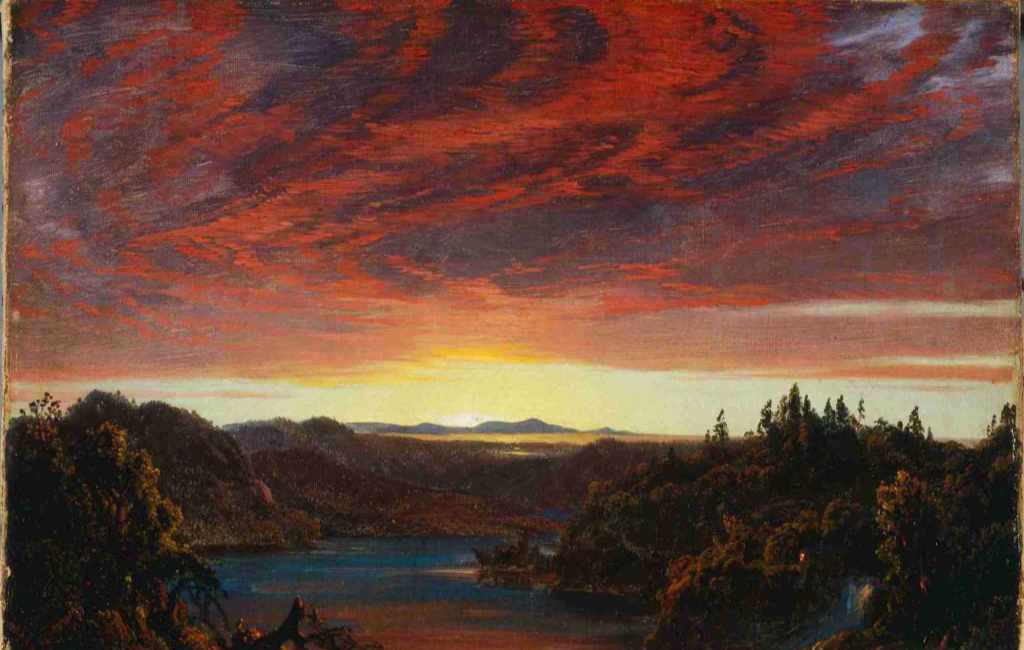
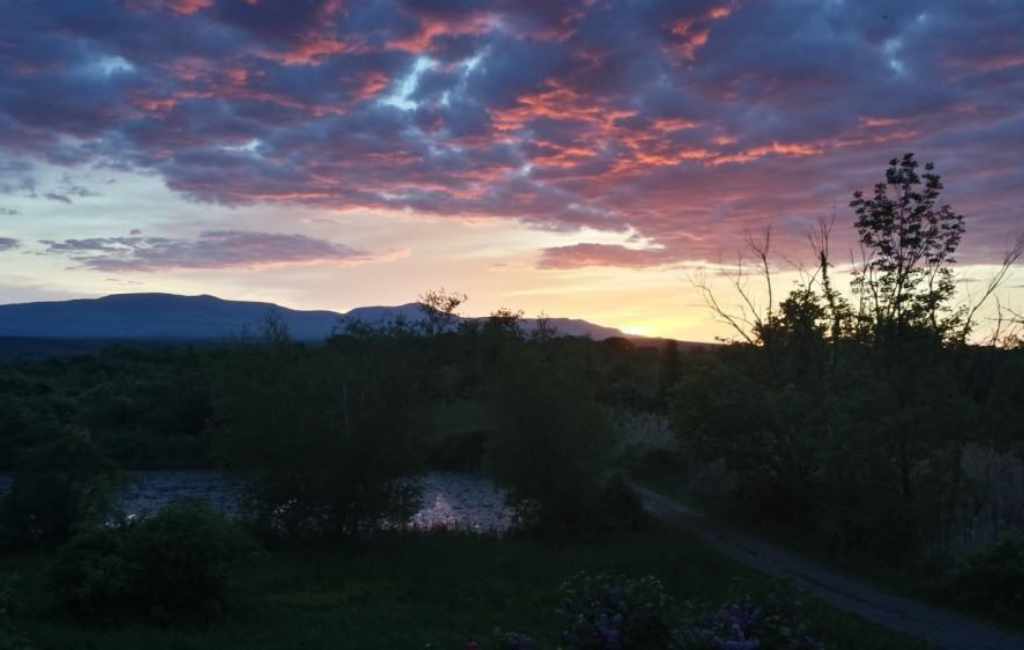
Once I had seen the light (literally), I revisited all of Church’s works with a new eye and became desperate to see his reality for myself. Much like Frederic and his family, I have always had the traveling bug, so recently, whenever possible, as I travel, I visit the locations that Church painted in the hopes of seeing in person what he so expertly captured in his sketches and on his canvases.
Last year, on my way to see Olana’s traveling exhibit, Maine Sublime: Frederic Church’s Landscape of Mount Desert and Mount Katahdinat the Cleveland Museum of Art, my husband and I stopped off at Niagara Falls.
Of course, the falls have changed greatly since Frederic visited them in the 19th century, but I still fancy that even though I visited when the falls were somewhat frozen, I was still able to capture at least a glimmer of what he showed the world in his Niagara, currently at the National Gallery in Washington D.C. using only my trusty cell phone.
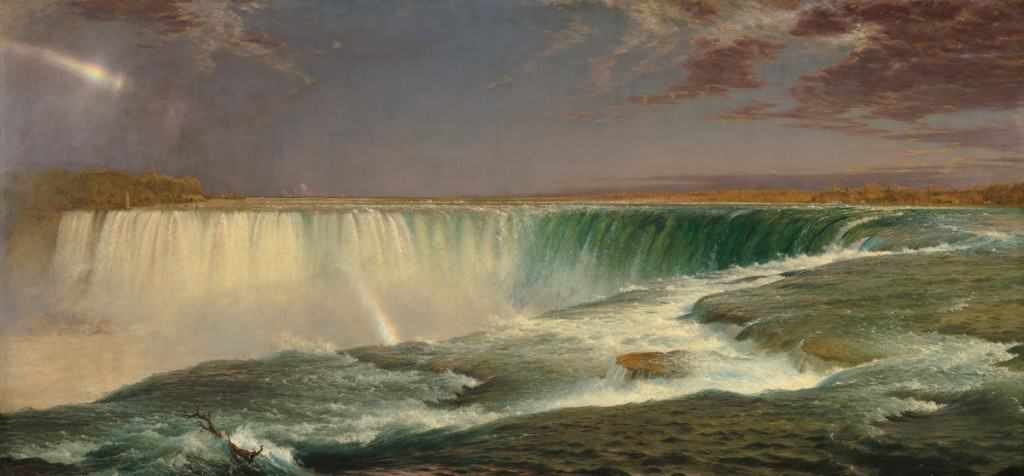
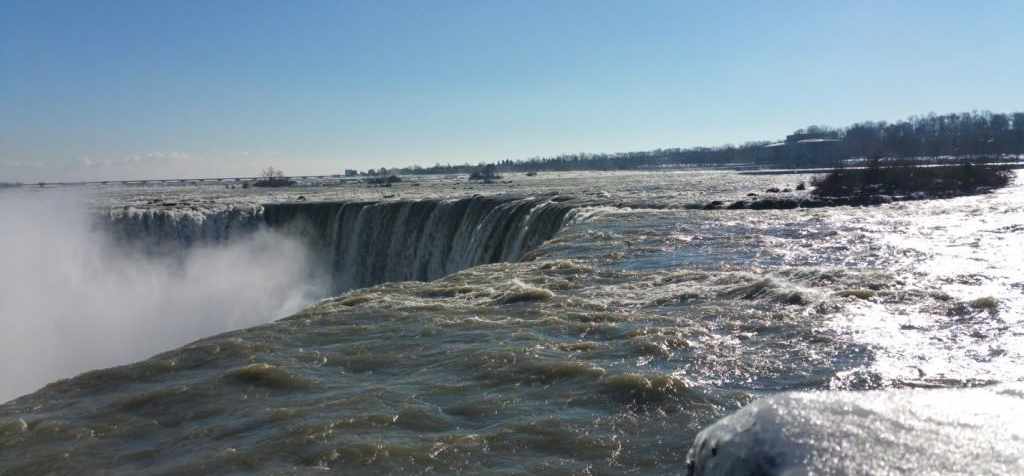
More recently, I was lucky enough to travel to Bavaria and visit Berchtesgaden, an area that the Church’s visited in July and August of 1868, during their epic trip through the East and across Europe in the late 1860s. Much like I once distrusted Frederic Church’s gorgeous sunsets, I was all set to believe that he had not quite captured the reality of the waters of Lake Königssee and Obersee in Bavaria.
It seemed impossible that nature could supply such pigments and perfect stillness, but once again, Church was proven a truthful master.
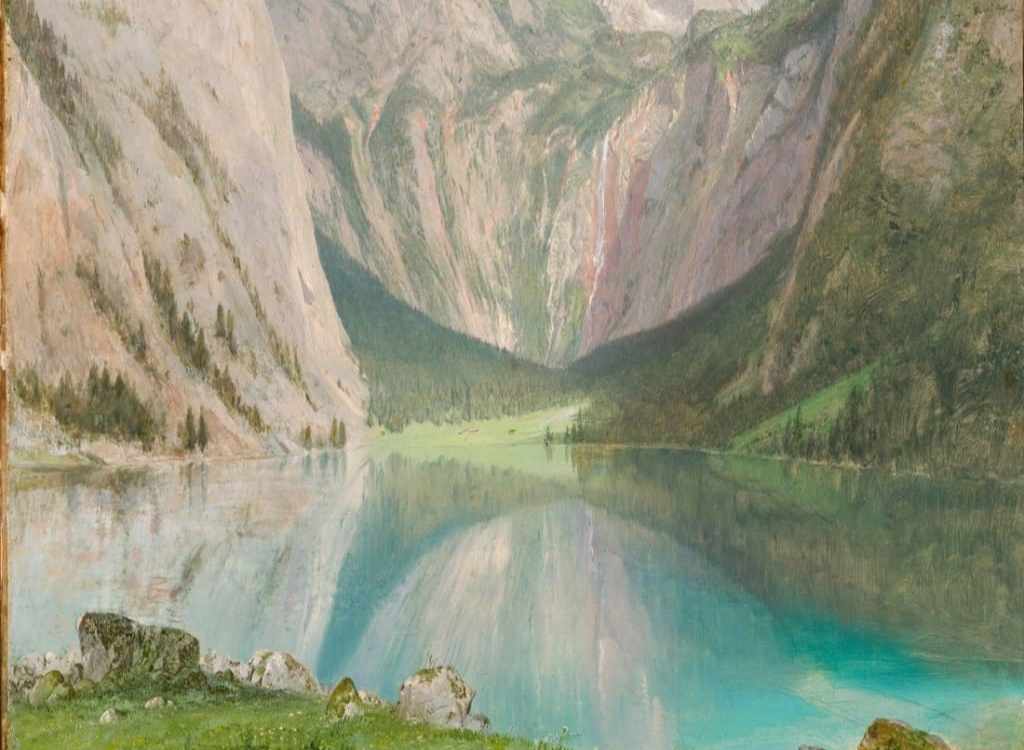
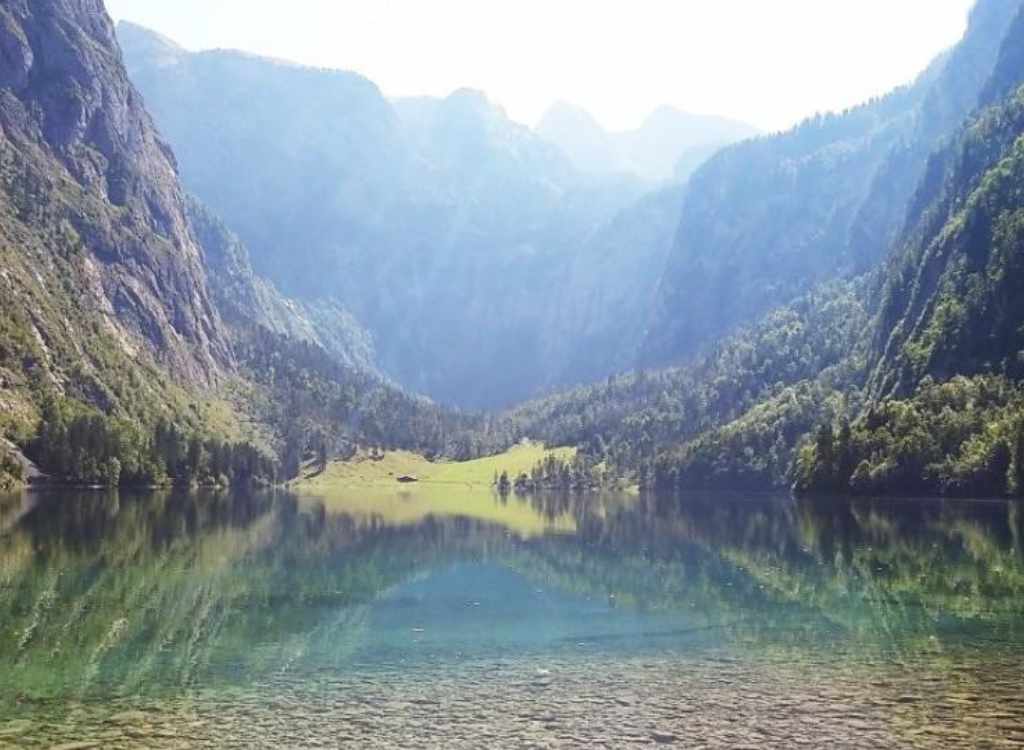
So far my travels have also brought one last aspect of Frederic Church’s art into clarity for me: no matter how good my camera, only a talented artist can capture the true nature of nature. As much as these photos remind me of what I saw during my travels, they are often only a pale reflection of the true colors of these natural beauties. A great artist’s paintbrush comes much closer to capturing the myriad colors of the world, as seen by the naked eye, but never quite captured by a camera, at least when it is in my hands.

